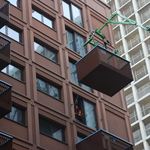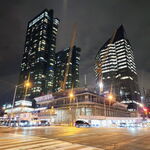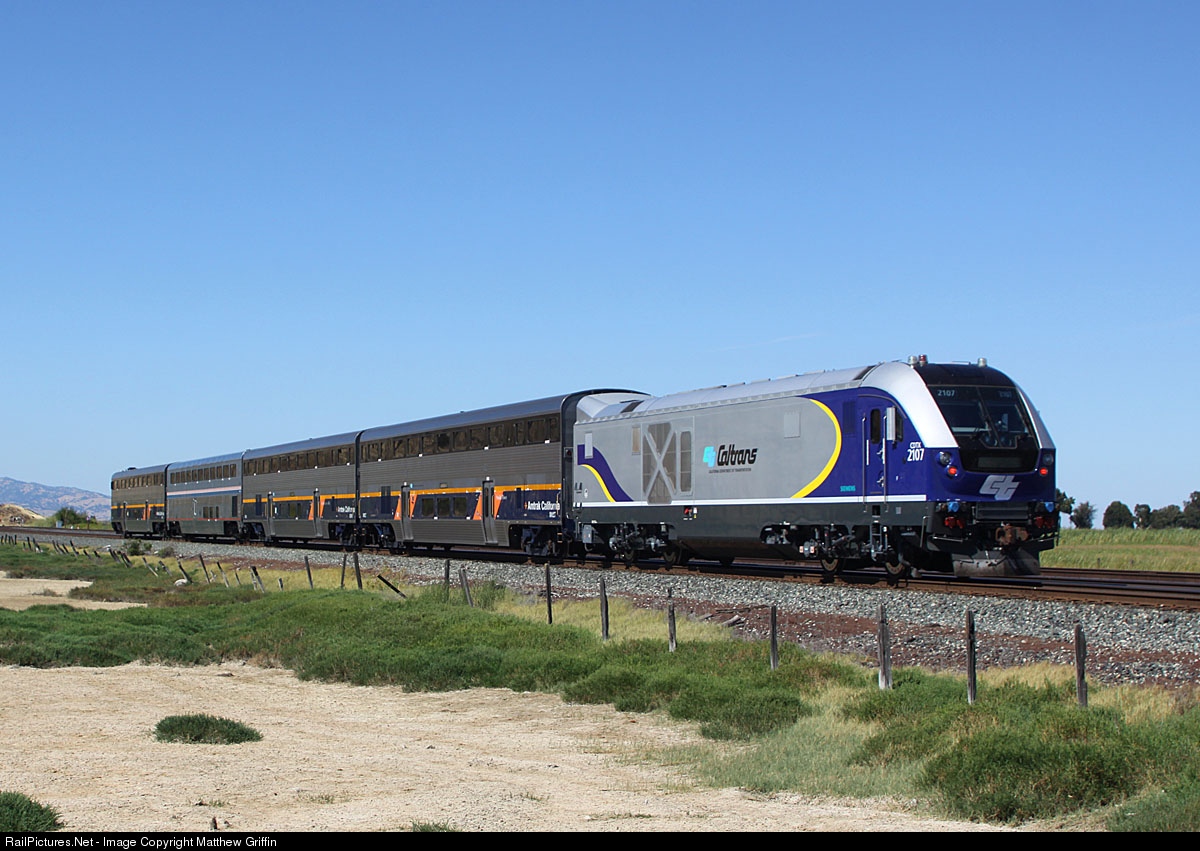SFO-YYZ
Active Member
Member Bio
- Joined
- Feb 21, 2016
- Messages
- 346
- Reaction score
- 1,076
- Location
- Plateau-Mont-Royal, Montréal
Thanks for this. Captured a few screenshots below. Looks like they've made some updates to the originally published designs. It feels more "streamlined" than the prior version released in 2018. Good job to VIA Rail team for not ruining the Siemens charger unlike Amtrak or other U.S. operators determined to make every new rolling stock look like they are out of the 50s.










